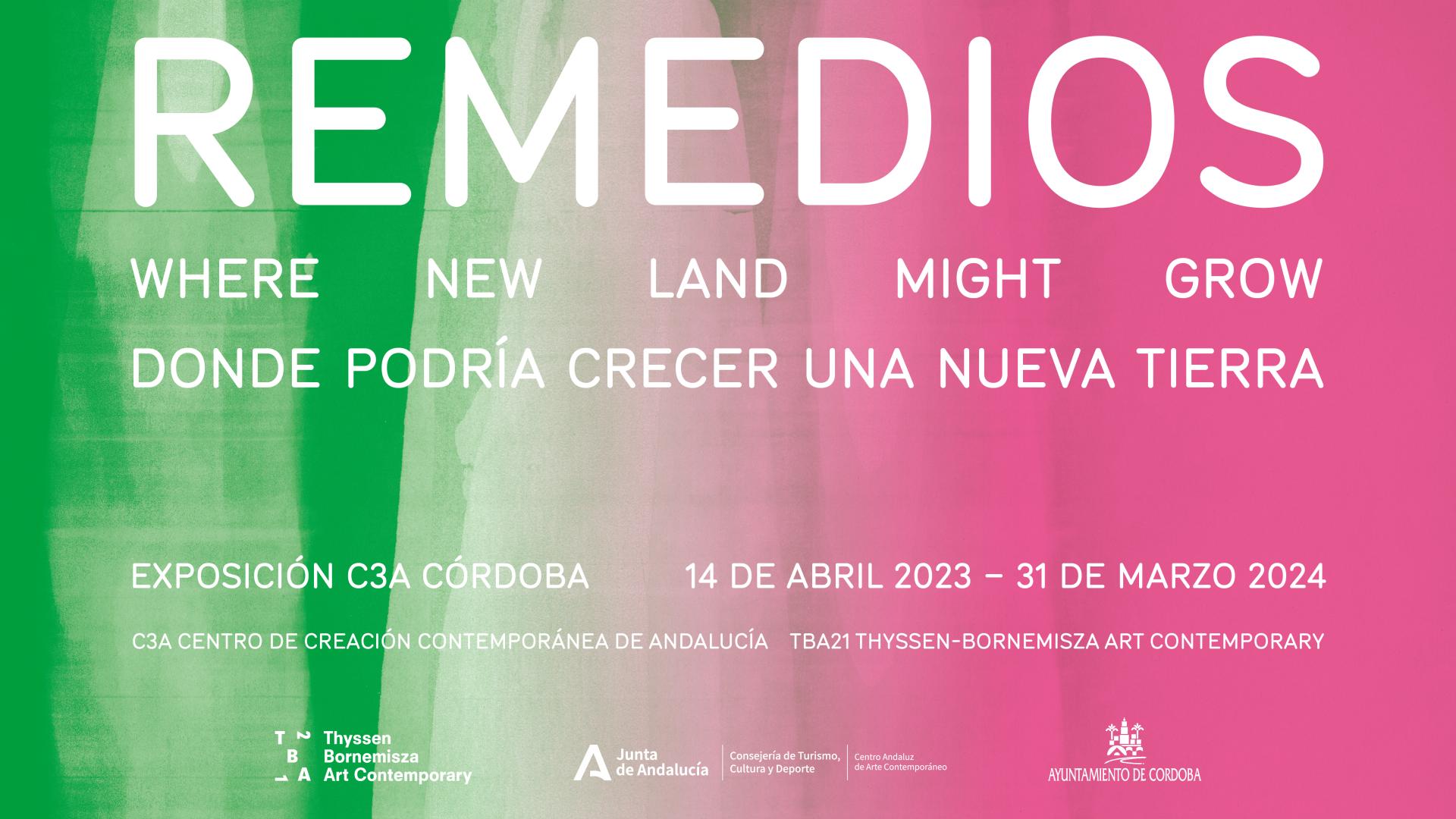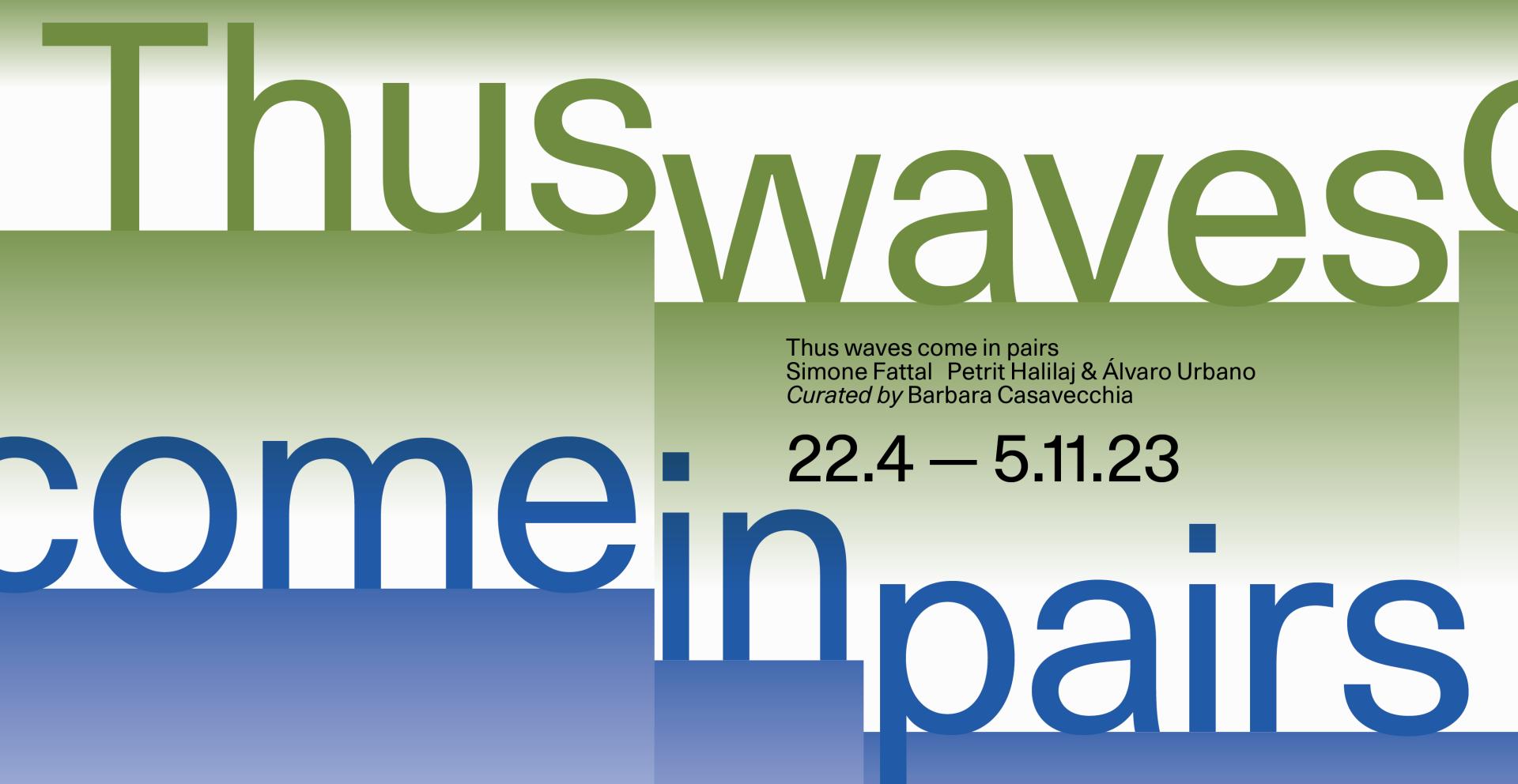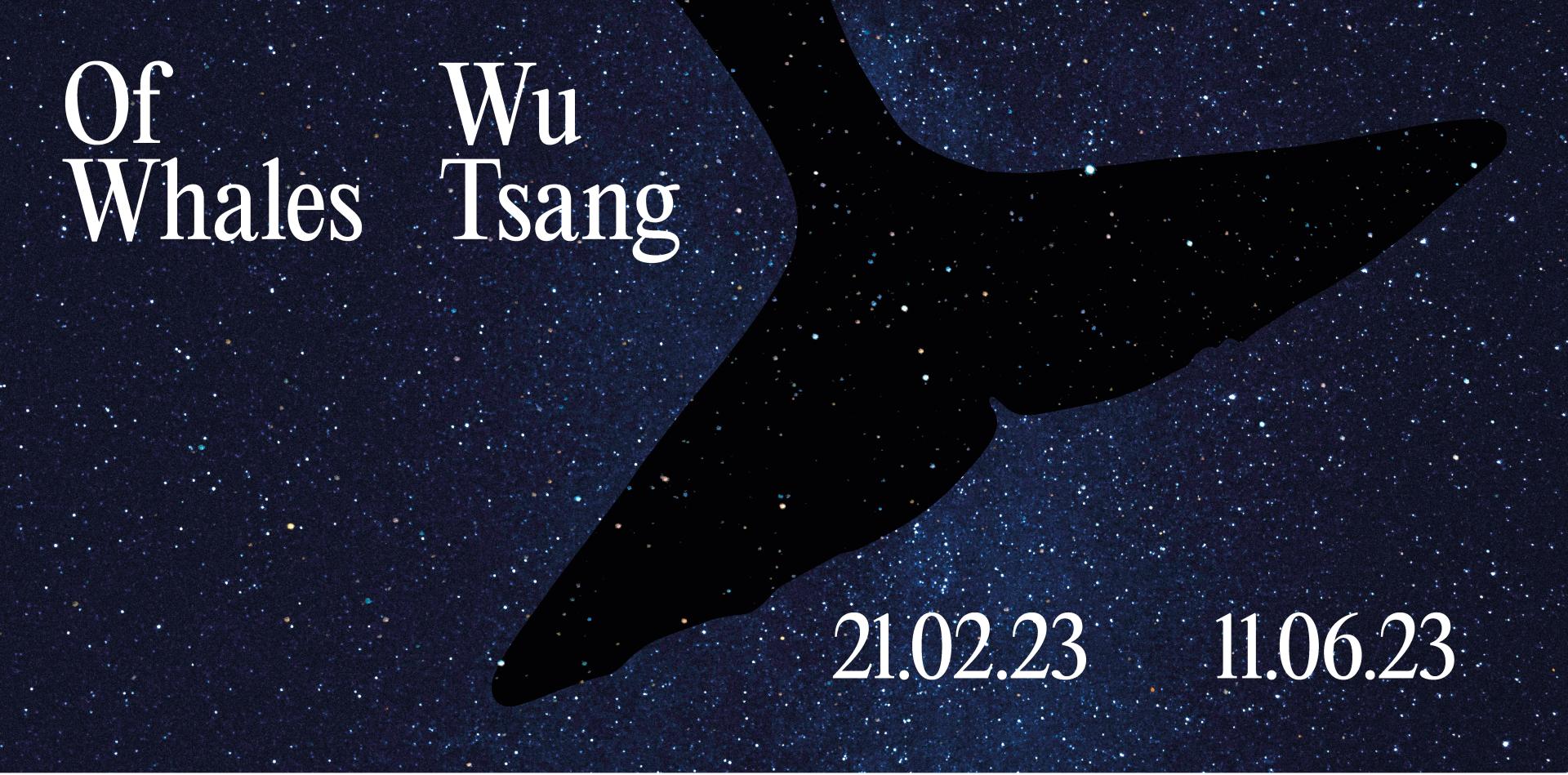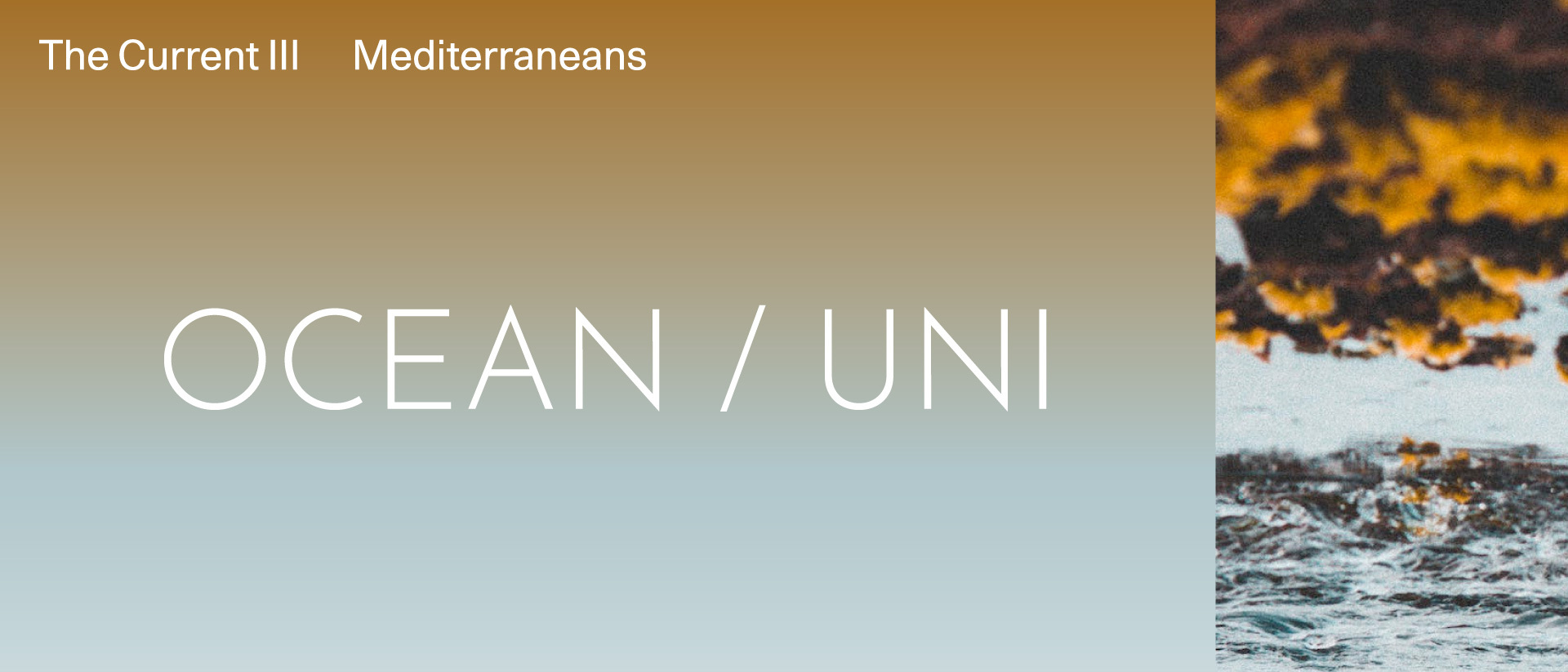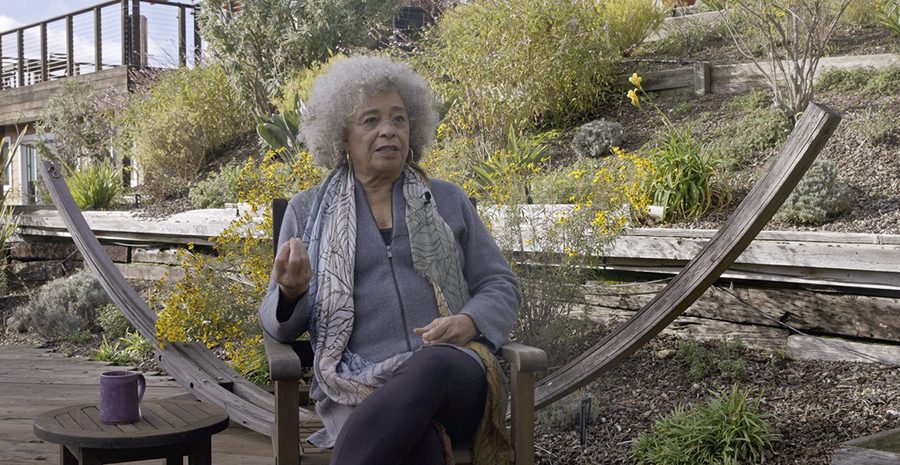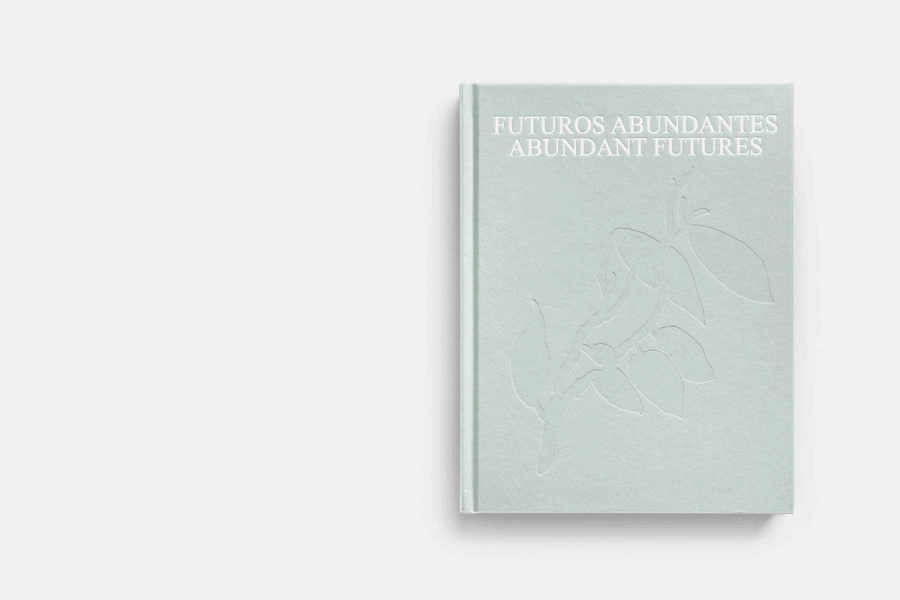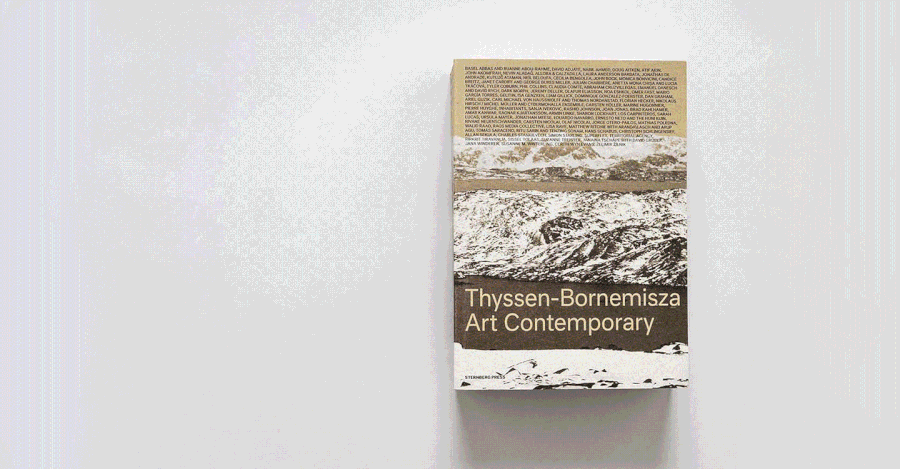Katpatuka, 2010
Mehmet Can Özer

Photo: Courtesy of the artist
Collection
Multi-channel audio work encoded for 47 channel The Morning Line Sound System
31 min
When I first met up with the T-B A21 family in İstanbul, we had some great conversations. While talking about the commission, Mrs von Habsburg asked me to compose a piece that might be inspired by the strange landscape of Cappadocia. So I traveled to this marvelous place for the first time in my life and spent two nights recording sounds from the environment and capturing ideas about the piece.
Cappadocia is a region in central Turkey defined by its exceptional natural wonders, in particular characterized by the “fairy chimneys” as well as its unique historical and cultural heritage. Etymologically, the word “Cappadocia” comes from both the ancient Akkadian and Elamite languages and the ancient Persian. The word Katpatuka is the earliest record of the name and dates back to 6th century BC. (In Akkadian, katpa means side and Tuka is the name of a chief.) In history, the place has been ruled by many civilizations such as the Hittite, Mushki, Lydian, Persian empires, and the Turks. These cultures also reminded me of the literally physical paths of transition, motion, and metamorphosis. The patience of nature has shaped the landscape in an extraordinary way over the course of millions of years. From our point of view, we can only truly understand the present-tense version of the shapes, i.e., the visuals of the landscape. We are unable to track its sounds as time goes by. When one compares the advent of sound recording facilities to those of recording images, it becomes apparent that recorded audio has only just arrived in our lives. When I was in a cave church which dates back to the 5th century AD called St. John the Baptist (in Çavuşin) I had the opportunity to imagine the sounds as if I had been transported back to the 5th century, because of its slowly evolving environment, where it seemed that time had stood still.
The piece is based on the concepts of memory, possession, and belonging. From a landscape of nothing to an ocean, then its transformation to an inland sea to that of volcanic eruptions, from mountains to erosion, from deep valleys to extraordinary fairy chimneys, from no name to Katpatuka to Cappadocia. These physical and cultural layers embody the sound environment and have become the sound environment itself. The aim of the piece is to be able to simulate these processes of change in Cappadocia with original sounds from the district combined with fictive ones. – MCÖ
*1981 in Erzurum, Turkey | Living and working in Turkey
31 min
When I first met up with the T-B A21 family in İstanbul, we had some great conversations. While talking about the commission, Mrs von Habsburg asked me to compose a piece that might be inspired by the strange landscape of Cappadocia. So I traveled to this marvelous place for the first time in my life and spent two nights recording sounds from the environment and capturing ideas about the piece.
Cappadocia is a region in central Turkey defined by its exceptional natural wonders, in particular characterized by the “fairy chimneys” as well as its unique historical and cultural heritage. Etymologically, the word “Cappadocia” comes from both the ancient Akkadian and Elamite languages and the ancient Persian. The word Katpatuka is the earliest record of the name and dates back to 6th century BC. (In Akkadian, katpa means side and Tuka is the name of a chief.) In history, the place has been ruled by many civilizations such as the Hittite, Mushki, Lydian, Persian empires, and the Turks. These cultures also reminded me of the literally physical paths of transition, motion, and metamorphosis. The patience of nature has shaped the landscape in an extraordinary way over the course of millions of years. From our point of view, we can only truly understand the present-tense version of the shapes, i.e., the visuals of the landscape. We are unable to track its sounds as time goes by. When one compares the advent of sound recording facilities to those of recording images, it becomes apparent that recorded audio has only just arrived in our lives. When I was in a cave church which dates back to the 5th century AD called St. John the Baptist (in Çavuşin) I had the opportunity to imagine the sounds as if I had been transported back to the 5th century, because of its slowly evolving environment, where it seemed that time had stood still.
The piece is based on the concepts of memory, possession, and belonging. From a landscape of nothing to an ocean, then its transformation to an inland sea to that of volcanic eruptions, from mountains to erosion, from deep valleys to extraordinary fairy chimneys, from no name to Katpatuka to Cappadocia. These physical and cultural layers embody the sound environment and have become the sound environment itself. The aim of the piece is to be able to simulate these processes of change in Cappadocia with original sounds from the district combined with fictive ones. – MCÖ
*1981 in Erzurum, Turkey | Living and working in Turkey



